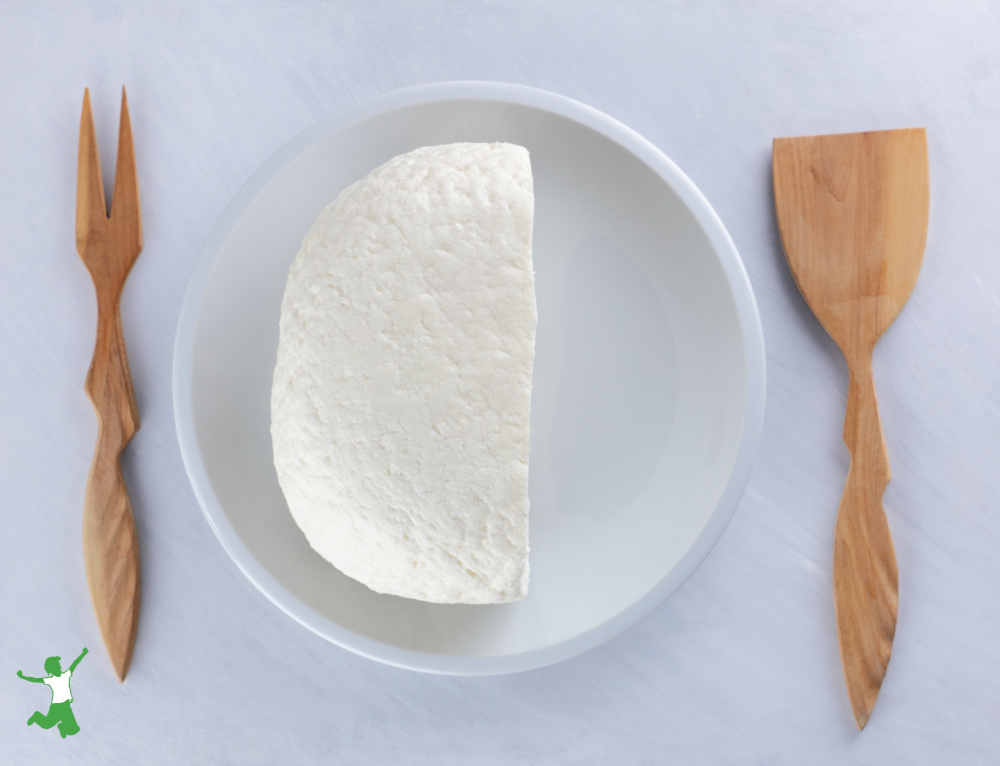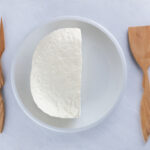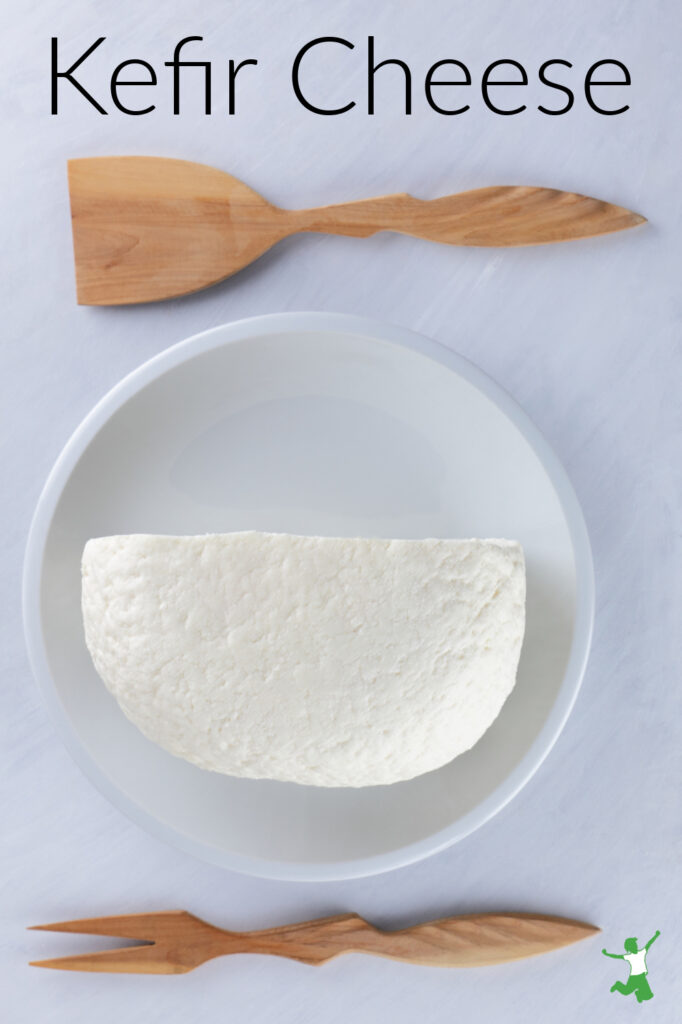Table of Contents[Hide][Show]
How to make soft, mildly tangy kefir cheese, so simple to make and loaded with dozens of probiotic strains and enzymes!

Kefir cheese is perhaps the easiest, most probiotically active cheese you can make at home with little to no cheesemaking experience.
The method is almost the same as making homemade yogurt cheese or raw cream cheese, but the results are far more therapeutic for the gut and microbiome in general.
Most people do not realize that kefir has dozens more probiotic strains than yogurt. This is the case even if the yogurt is made from raw milk and fermented properly for a full 24 hours.
In addition, the microbial strains in kefir are therapeutic (they actively rebalance the microbiome by destroying pathogenic strains), while those in yogurt are transitory species (they benefit the gut only as they are passing through).
This is why kefir has a tangier taste than yogurt, which does take a bit of getting used to….it is a much stronger cultured dish!
The only catch to enjoying the full benefits of kefir cheese is that you need to culture the homemade kefir with live grains.
This type of kefir cannot be purchased at the store. You can sometimes find it available from local dairy farms, but be sure to double-check that they are using live kefir grains and not powder starter and fermenting the kefir for 24-36 hours.
**Note that when I talk about “kefir grains”, they are not grains like wheat or rice kernels.
Kefir grains are a living microbial culture that has the consistency of gummy bears.
Here is where to buy live kefir grains if you don’t have a friend who can give you some.
Thus, those who do not consume grains like wheat, rice, corn etc, for health reasons (for example, they are on the GAPS diet), can still use kefir grains to ferment whole milk (preferably raw).
Preparation Tip
I make our kefir cheese with kefir cultured from 50% whole raw milk and 50% heavy raw cream in a half-gallon mason jar.
Once you strain this “kefir ice cream” is strained, it is so creamy, thick, and decadent! Give it a try!

Homemade Kefir Cheese
How to make kefir cheese, a soft, tangy cheese that is simple to make and loaded with probiotics and enzymes!
Instructions
-
Spread a white, cotton dishtowel evenly in the bottom of the glass bowl (I use these). Pour the kefir into the middle of the dishtowel.
-
Gather up the ends and tie securely with the rubber band. Attach the rubber band to a knob, hinge, or other fixture on one of your upper cabinets with the bowl underneath to catch the drips of liquid whey.
-
Allow the liquid whey to completely drain from the kefir. This will take several hours or overnight.
-
When there is no more whey dripping into the bowl, remove the bag from the kitchen fixture and place it on the counter. Remove the rubber band and lay the dishtowel out flat.
-
Scoop the fresh kefir cheese which will have a firm yet moist texture into a container (preferably glass). Enjoy some room temperature immediately with a small amount of jam, fruit or raw honey.
-
Referigerate kefir cheese in a (preferably) glass container with a tight fitting lid for up to two months. The flavor will slowly get stronger over this period of time.
Nutrition Facts
Homemade Kefir Cheese
Amount Per Serving (2 Tbsp)
Calories 62
Calories from Fat 50
% Daily Value*
Fat 5.6g9%
Saturated Fat 4g20%
Polyunsaturated Fat 0.5g
Monounsaturated Fat 1g
Cholesterol 20mg7%
Potassium 50mg1%
Carbohydrates 1.5g1%
Protein 1.5g3%
Calcium 40mg4%
* Percent Daily Values are based on a 2000 calorie diet.


